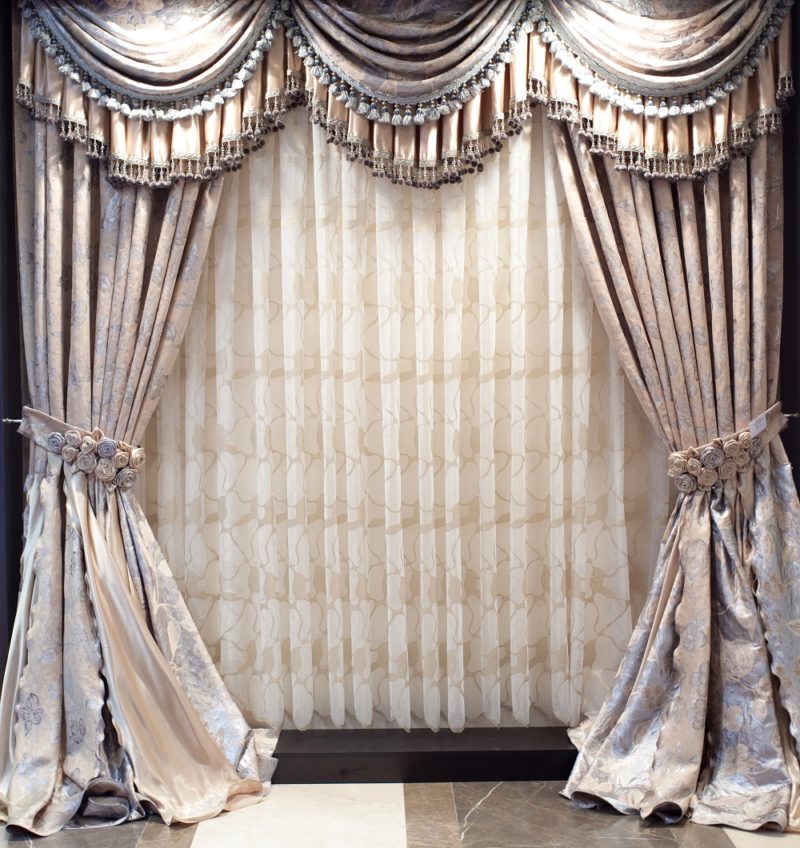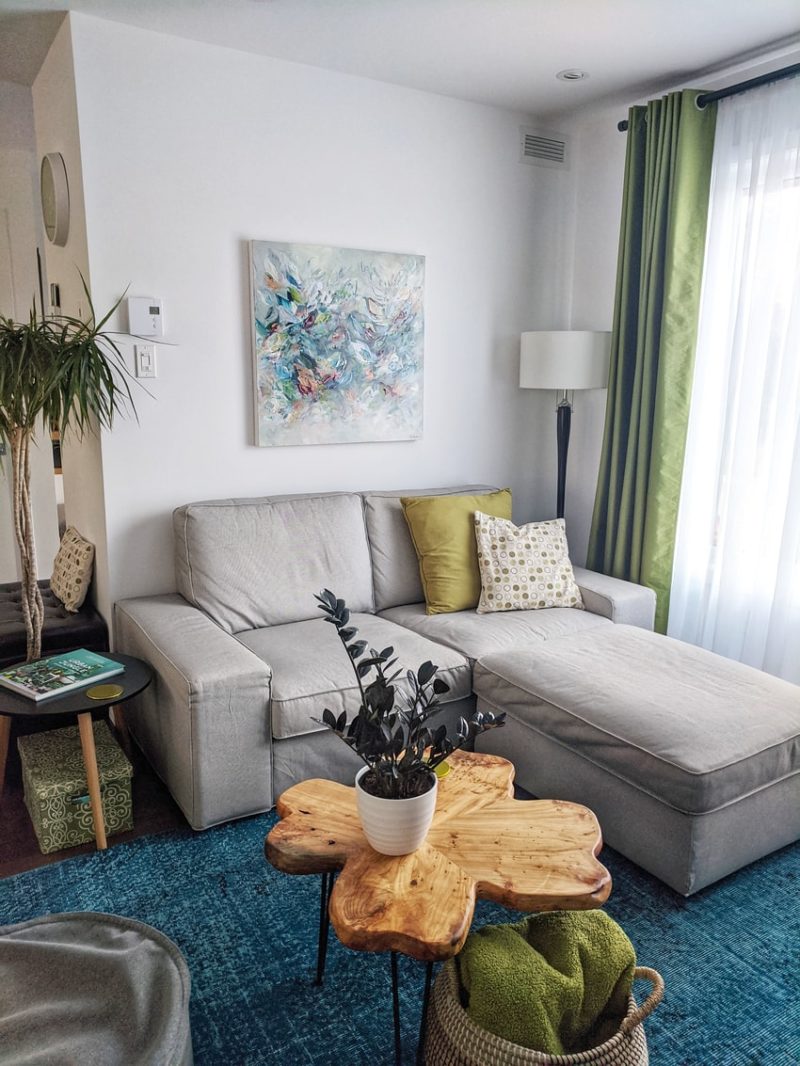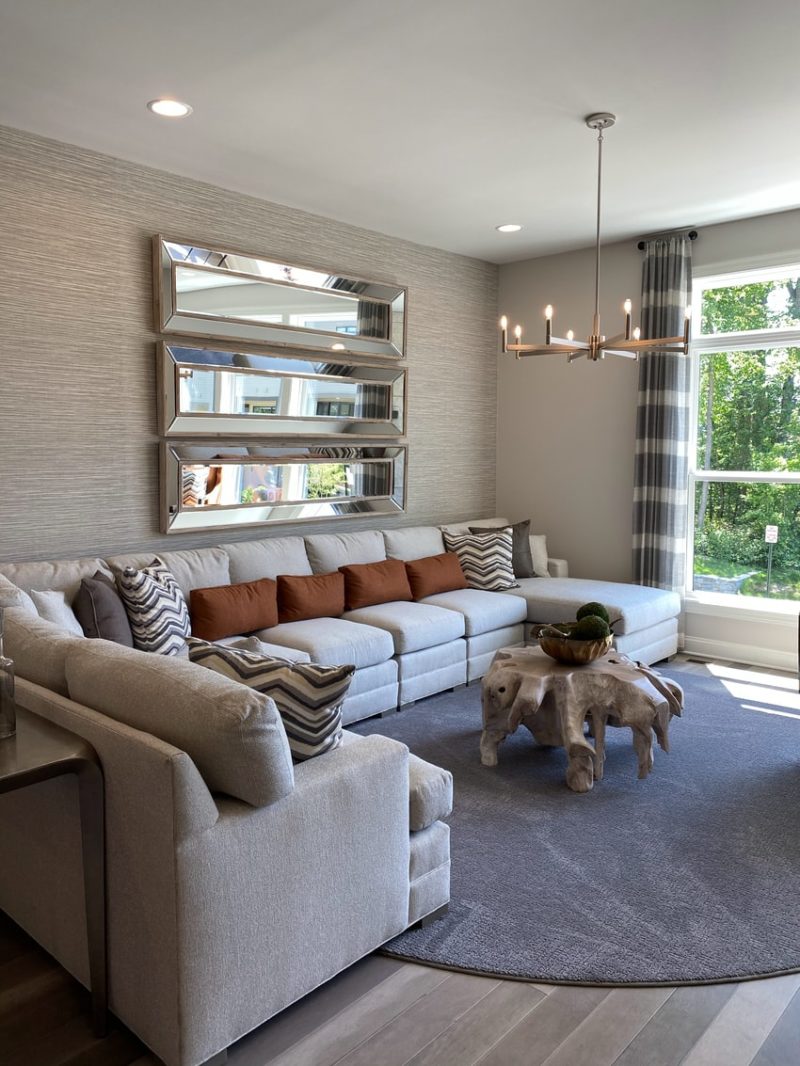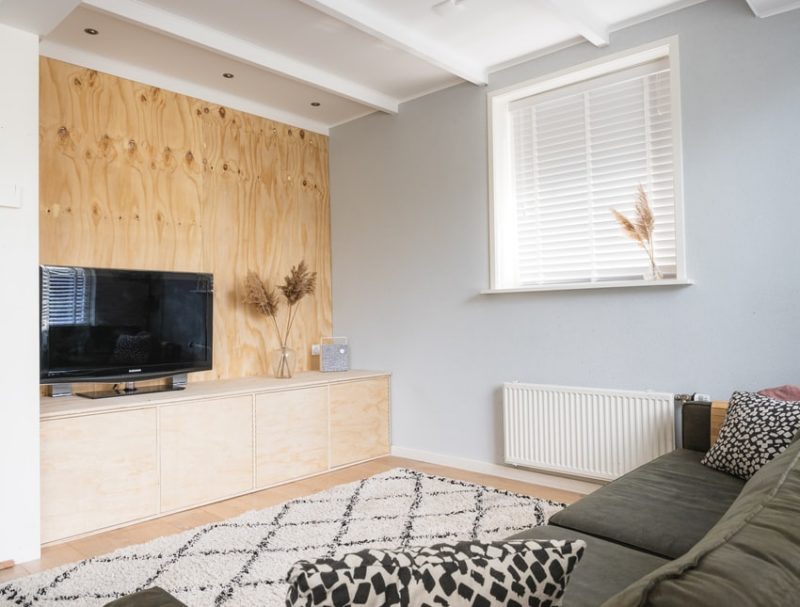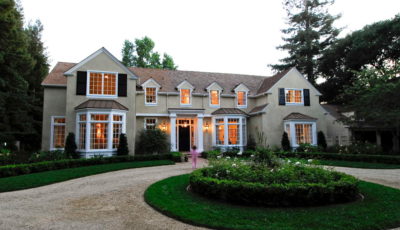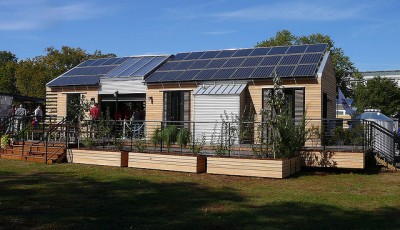A Complete Guide To Home Window Treatments
Window treatments are a modification made to windows which can add cover and enhance the aesthetics of a room. The treatments such as window coverings could either cover the window partially or wholly; different treatments can be either horizontal or vertical.
Window treatments are helpful in both old and new houses, if you want to improve the beauty of your house, look for new and fresh styles. Reputable suppliers such as Classic Plantation Shutters offer a variety of popular treatment designs which you can choose from, however, there are things you need to understand about window treatments before choosing yours.
Types Of Treatments
There are two main types of window treatments used by homeowners and designers: hard and soft window treatments. While the two are commonly used separately, the emergence of designs that use both hard and soft window treatments together is gaining popularity. Here is some information about the two main treatment types:
1. Hard Treatments
Hard treatments are usually made of wood, plastic, metal, and other hard materials. The primary purpose of hard treatments is to add functionality; they are mainly used to control the amount of light entering the room, and some types can completely block out the light. These can also be used for temperature control, as they can help trap the heat or cool air in a room.
The primary hard treatment designs include the following:
- Window Shutters: These are generally made of either wood or plastic and fixed on a window using hinges. They are generally fixed in a horizontal position and can be tilted to control the room’s amount of light and air.
- Blinds: There are several blind options available made from wood, vinyl, and faux wood. These are also available in a number of designs such as vertical, pleated, or horizontal. Blinds have a louver that allows lights to enter a room but prevent view of the room, and the slats can be opened using a cord to achieve the desired angle.
- Shades: Shades are made up of light-filtering material such as bamboo, fabric, or woven wood—the material filters out ultra-violet (UV) lights and can block out a lot of light when required.
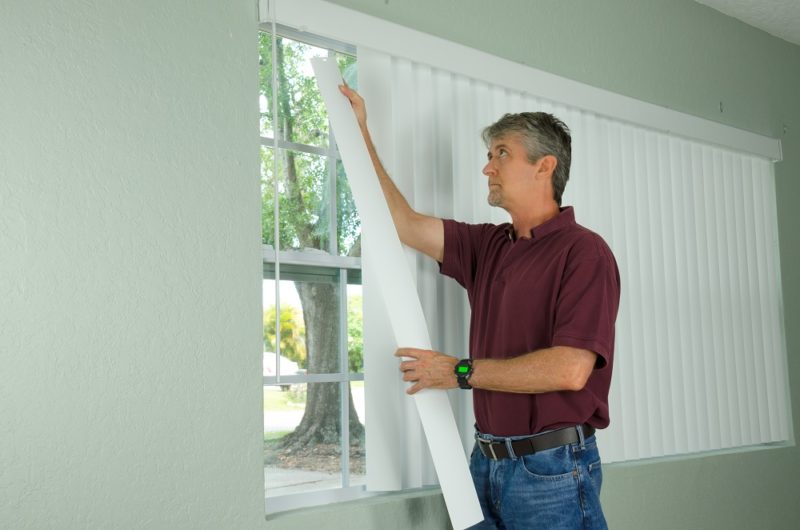
2. Soft Treatment
Soft treatment covers are usually made from luxurious looking materials, and they’re mainly used for decorative purposes. The main examples of soft window treatments include the following:
- Curtains: These are the most common treatment on windows because of their easy usage. They usually hang vertically from a curtain rod and can be closed or opened by sliding sideways. Curtains are available in different designs, patterns, and fabrics.
- Drapes: Unlike other soft treatments that are meant for decoration, drapes can also enhance the privacy of a room. They hang vertically like a curtain but are much thicker and longer compared to curtains. They can block out light and are usually used in more formal settings.
- Valances: These are typically placed on top of windows to complement other treatments. Usually used with curtains and drapes, valances add color, style, and pattern to the window.
- Cornices: These are similar to valances though there is a slight difference in design. Cornices are mostly box-shaped and made from wood, such as plywood. The wood is then decorated; cornices can be paired with other soft treatments or used alone.
- Swags: These treatments drape at the sides of the window from the curtain rod to the floor. Homeowners usually add swags to improve décor and add a pop of color to a room.
What To Consider Before Choosing A Window Treatment
Before choosing a particular window treatment, there are several things that you need to consider in order to enhance your decor. While the general consideration could be the cost, other crucial factors include the following:
1. Room Décor
When choosing treatments such as curtains and drapes, you need a color and style that complements the room in which it will be placed. Depending on your style, you can have a colorful treatment which matches your décor, or tone down a room using muted treatments. Either way, your treatment should be a perfect match for your room’s style for a beautiful look which can add to the aesthetic and value of your home.
2. Function
Different rooms, depending on their purposes, will require different treatments. Living and conference rooms require a significant amount of natural light, and therefore the treatment used should consider this. Much darker and solid treatments can be used for private rooms and bedrooms where being flooded with light isn’t a necessity. Drapes and other hard treatments are great in formal settings, while curtains and swags are popular in personal settings.
3. Privacy
Depending on the privacy required in a room, a designer can choose a specific treatment for to accommodate. For office rooms and other general audience rooms, privacy isn’t necessary. Lighter treatments like curtains and cornices can be used on windows here.
Bedrooms and other rooms that require more privacy may require hard treatments. Any rooms that face neighbors will require more privacy, and designers should use more solid, vision-blocking treatments.
4. Location
Another factor to consider when using treatments is the room’s location relative to the sun’s position. Rooms directly facing the sun may overheat due to the amount of light passing through it; using light treatments can maximize the light and minimize heat buildup.
As rooms facing away from the sun won’t directly benefit from the heat, heavy treatments should be used to enable them to trap heat during the day and warm up the house at night.
5. Fabric
The type of fabric used on the window treatment will broadly impact how your room will look. Thinner fabrics used on curtains and swags will allow more lighting, and these materials can also increase aeration (but may reduce the privacy of the room.)
Thicker fabrics such as wood will reduce the lighting of the room and increase privacy. If the furniture and other items in your room are sensitive to UV light, the thicker fabric will play a significant role in preventing damage.
6. Window Size
Window size is an excellent determinant of the time of treatment to be used. Large windows can either use drapes, or window shutters, while smaller and medium-sized windows look great paired with curtains. Using drapes and other long treatments can overwhelm small windows. The treatment should also fit the width of the window. Large rooms usually have large windows and therefore require more extensive treatments.
Conclusion
Window treatments are an essential part of any home. A well-fitted treatment will improve the aesthetics of your window and room, and you’ll be more comfortable in your home when the treatment matches your style and offers you privacy.
If you’re considering adding window treatments to your home, you should seek the services of an interior designer, or try doing it yourself as a DIY project.

